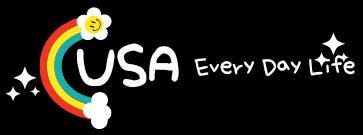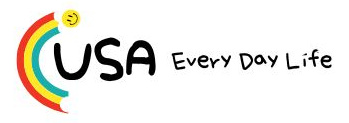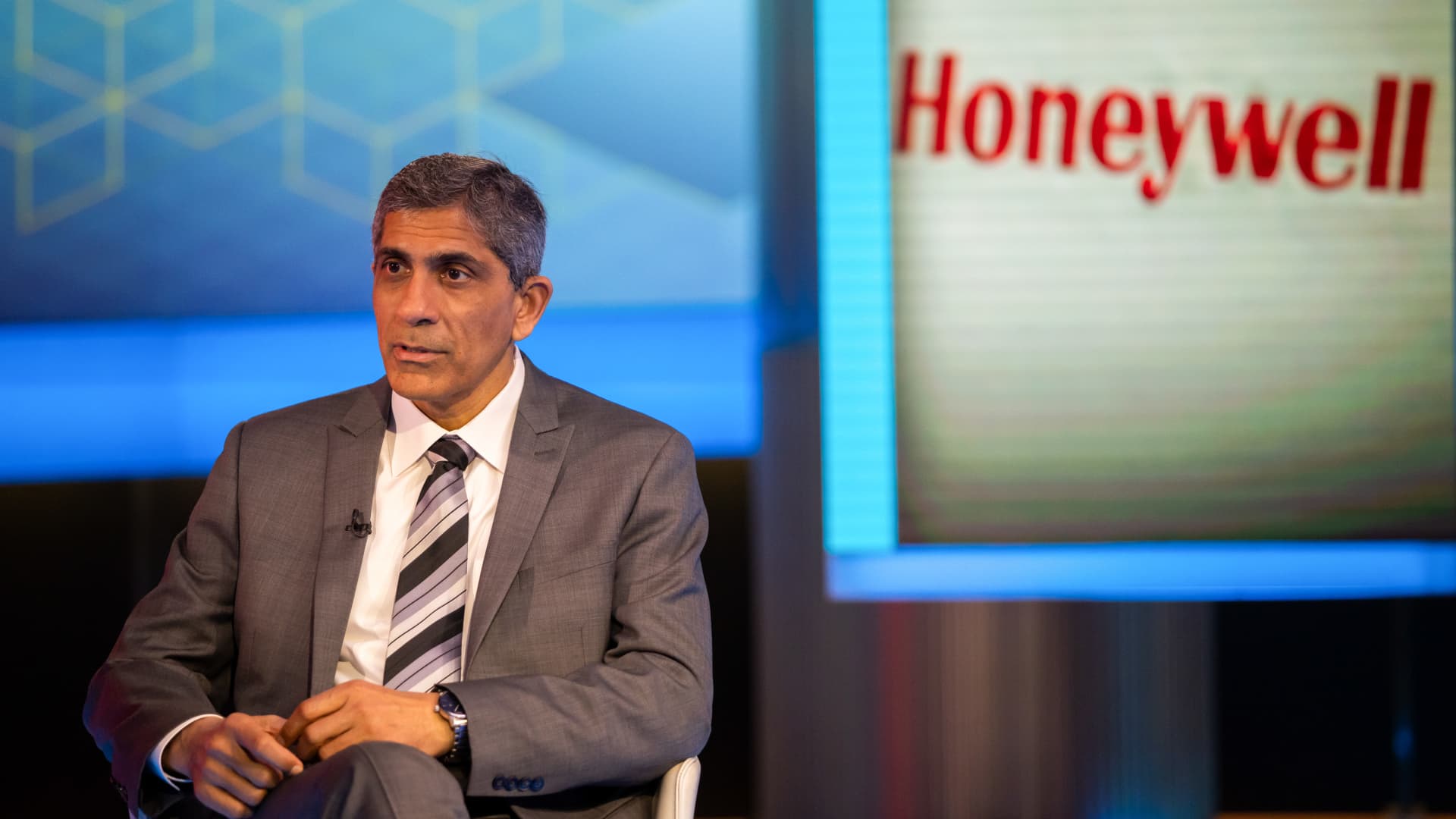Another breakup is on the horizon. Later this month, Honeywell will separate its Solstice Advanced Materials unit. Honeywell shareholders as of Oct. 17 will receive one share of Solstice for every four shares of Honeywell. The two companies will begin trading independently on Oct. 30, with Solstice under the ticker SOLS and Honeywell keeping its current ticker, HON. The upcoming spin is the first step in Honeywell’s multi-stage breakup plan. In the second half of 2026, Honeywell will separate its remaining automation and aerospace businesses, in a move that was first pushed for by the activist investment management firm Elliott Management almost one year ago. When Elliott first called for these changes, it sent a letter to Honeywell management detailing its more than $5 billion investment in the company. Elliott’s thesis was that the conglomerate structure was no longer appropriate, and Honeywell’s different divisions would benefit from a more simplified and focused organization structure. They pointed to the successful breakups of United Technologies, General Electric, and Ingersoll Rand, as examples of how simplifying can unlock significant value. By the way, Honeywell is in the process of reviewing its Productivity Solutions and Services (PSS) and Warehouse and Workflow Solutions (WSS) businesses for strategic alternatives to further simplify its automation business. So, there are a lot of changes happening here. HON YTD mountain Honeywell YTD But with the Solstice spin on tap, what exactly are shareholders getting? The company is a mid-sized specialty chemicals business, with nearly $4 billion in sales, and almost $1 billion in adjusted standalone earnings before interest, taxes, depreciation, and amortization (EBITDA). It sells a diversified range of products spanning refrigerants (34% of sales), building solutions and intermediates (20%), research and performance chemicals (13%), alternative energy services (12%), electronic materials (10%), healthcare packaging (6%), and safety and defense solutions (5%). Solstice reports its financials through two segments: Refrigerants & Applied Solutions and Electronic & Specialty Materials. The larger segment is Refrigerants & Applied Solutions, making up about $2.7 billion of net sales in 2024, or more than two-thirds of sales, with a strong adjusted EBITDA margin of just under 40%. Its biggest product group is refrigerants, accounting for about half the segment’s revenue and serving attractive end markets like stationary HVAC (heating, ventilation, and air-conditioning), data center cooling, and automotive HVAC. It also has a large portfolio of building solutions and intermediary products, which are used for higher performance insulation and consumer and industrial aerosols. The segment’s alternative energy services cater to the nuclear industry, and its health-care business focuses on an ultra-high moisture barrier polymer used in healthcare packaging and propellants used for inhalers. The Electronic & Specialty Materials business did about $1 billion in net sales last year at an adjusted EBITDA margin of 19.2%, making it the slower-growing, lower-margin of the two. Research and Performance chemicals make up a little less than half of the segment’s sales, and it caters to chemical, pharmaceutical, and construction markets. A little more than one-third of the segment’s sales are from electronic materials, and this business is benefiting from many of the same themes we discussed with DuPont ‘s spinoff Qnity Electronics. The third piece of Solstice’s Electronic & Specialty Materials segment is safety and defense solutions, which is where Solstice makes fibers used in ballistic materials that are sold into U.S. military enforcement applications. Geographically, the company gets 61% of its sales here in the U.S., with another 23% from the Europe, Middle East, and Africa (EMEA) region, and the last 16% from other international markets. Despite its global footprint, Solstice has been resilient to tariffs and changes to global supply chains because of its local manufacturing. About 90% of its sales in the United States are manufactured within the U.S. And, about 60% of its sales to the rest of the world are manufactured in each respective region. Where there was exposure to tariffs, management said it moved quickly to pass through costs or move its supply chains to a more favorable region to mitigate the impact. Let’s turn to the financials. Solstice has grown its sales from $2.8 billion in 2017 to $3.8 billion in 2024, representing a 4.4% compound annual growth rate. That’s slightly better than its peer group’s median CAGR (compound annual growth rate) of 3.9%. Solstice defines its peer group as eight other specialty chemical companies: Avient , Chemours , Eastman , Element , Entegris , Materion , and RPM . Solstice’s profitability was better than its peer group in 2024, coming in at 26.4% versus its peer median of 17.8%. The company also earned a much higher return on its invested capital, which is an important metric for capital-intensive businesses. In 2024, Solstice’s return on invested capital (ROIC) was 21.5%, more than double the peer median of 8.4%. Although the company champions itself with a “track record of above-market growth with best-in-class margins and returns,” we should note that sales have stagnated over the past few years. The sales progression has gone from $3.6 billion in 2022 and 2023 to $3.8 billion in 2024. At the company’s investor event last week, Solstice guided revenue to $3.75 billion to $3.85 billion for the full-year 2025. Looking forward, management’s medium-term framework is to deliver low to mid-single digit organic net sales compound annual growth, with adjusted EBITDA increasing at a mid-single digit percentage. The company is also coming public with a strong balance sheet, which is very important in the cyclical chemicals industry, with a net leverage ratio of 1.5 times. Net leverage measures a company’s net debt in relation to its adjusted EBITDA. By the looks of it, Solstice has a solid industry-leading business with a track record of outperforming its peer group. But this looks like a good house in a bad neighborhood – and those don’t always make good investments. We prefer growth, and that’s been missing here over the last few years. To counter that, management stressed multiple times at its Investor Day that it believes the business is at an inflection point, thanks to secular growth trends in advanced computing, environmental and energy evolution, improving health outcomes, and personal safety defense. However, there’s still a lot of exposure to more cyclical markets. Bottom line We will watch how Solstice trades after it separates and there could be a dynamic where shareholders sell Solstice to buy more parent Honeywell to gain more exposure to the aerospace division, which is our favorite of the three companies. Once aerospace is spun out the remaining Honeywell will be a pure-play automation company. But longer term, and as the economy improves, Solstice should benefit from becoming an independent company and stand out within its industry due to its exposure to strong themes. (Jim Cramer’s Charitable Trust is long HON, DD. See here for a full list of the stocks.) As a subscriber to the CNBC Investing Club with Jim Cramer, you will receive a trade alert before Jim makes a trade. Jim waits 45 minutes after sending a trade alert before buying or selling a stock in his charitable trust’s portfolio. If Jim has talked about a stock on CNBC TV, he waits 72 hours after issuing the trade alert before executing the trade. THE ABOVE INVESTING CLUB INFORMATION IS SUBJECT TO OUR TERMS AND CONDITIONS AND PRIVACY POLICY , TOGETHER WITH OUR DISCLAIMER . NO FIDUCIARY OBLIGATION OR DUTY EXISTS, OR IS CREATED, BY VIRTUE OF YOUR RECEIPT OF ANY INFORMATION PROVIDED IN CONNECTION WITH THE INVESTING CLUB. NO SPECIFIC OUTCOME OR PROFIT IS GUARANTEED.





